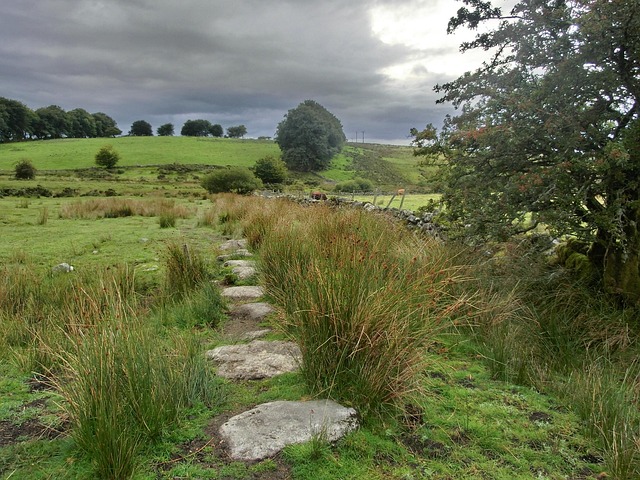Investment Market Update 2023
Economic Outlook and Summary.
Spring is finally in the air and investor sentiment is improving following over two quarters of challenging macroeconomic conditions amplified by the fallout from the ‘Mini Budget’. Clare Cochrane has prepared this investment market update; please contact her for further information.
The second half of 2022, saw many adopt a ‘wait and see’ approach in the wake of uncertainty, resulting in both significantly reduced Q4 transactional volumes to below 5-year averages and a decrease in the number of active purchasers nationally. Re-pricing was fast and yields softened across the board in the main commercial sectors. The adjustment was more rapid than during the financial crisis.
The avoidance of the UK economy entering a recession so far and brighter forecasts in Q1, 2023 figures is however encouraging. With inflation expected to stabilise and interest rates anticipated to reach their peak this year investment activity is anticipated to increase as 2023 progresses particularly in the second half of the year.
Originally interest base rates of 4.5%- 4.75% were projected but increasingly more forecasters have revised this to 4.25%, with some believing they may have already peaked. Inflation, at 10.1% whilst still just over five times the target of 2% is expected to fall. The labour market remains tight, with unemployment still at very low level 3.7% albeit vacancy rates have fallen. Challenges remain for this year with ongoing supply chain issues, energy challenges and widespread industrial action against the geopolitical backdrop but bring with them opportunities.
How is Commercial Investment Property in the SW fairing amongst all of this? Any key trends?
In short, remarkedly resiliently in comparison to many locations.
Large variations both geographically and by sector remain across the region but a healthy level of demand remains across the key sectors. Smaller lot sizes, under £2M have been more shielded than larger lot sizes with a greater number of purchasers less reliant on funding.
We have also seen a shift in purchaser profile looking locally with an increasing number of HNW(High Net Worth) and Large Family Prop Co’s looking to the regions for opportunities to place money, many of whom are backed by sizeable capital. These parties are a mix of investors based locally and also those non-local but with a link to the SW.
Another trend is the ever increasing attention and importance being placed on ESG (Environmental, Social and Governance). The Environmental aspects including complying with enhanced MEES ratings (proposed compliance with a C rated EPC by 2027, B by 2030) is to be expected but the social and governance issues are coming to the fore.
What about Yields?
A lot of areas in the SW have been more shielded to the falls seen in other parts of the country. Limited elements of price chipping were seen in Q4 last year and yields have softened and moved out across the sectors generally but not to the same degree.
The industrial sector has been extremely strong for a number of years, with multiple offers often received for quality assets. With funds less active and some investors watching and waiting at the latter part of last year, there have been fewer purchasers in the market but still enough to stimulate competition in the majority of cases for quality stock.
The occupational markets have remained strong, with low void rates, and a restricted supply of quality units sustaining rents and giving investors’ confidence. Stock reaching the market in Q1 2023 has had strong interest and we anticipate this will continue.
Office Sector
The office sector was relatively stagnant throughout 2022, with limited opportunities brought to the market and investors grappling with the re-occupation patterns of businesses post covid, shifts in yields are therefore harder to pinpoint.
More opportunities have come to fruition in Q1, 2023 and there are active investors, with high quality buildings and those with longer term potential for alternative uses favoured.
There is a large variation across the region however, with towns like Exeter that benefit from better occupational market fundamentals, and low supply faring better than others. There is a general lack of prime, green quality assets that investors are particularly interested in.
Retail Sector.
This sector arguably faced the biggest changes in the covid era when a significant re-alignment in structure, rents and values occurred and even prior to covid capital values were falling. A lot of retailers rationalised store portfolios during in this period which may mean they are better placed in the current economic environment than previous down turns.
Consumer spending challenges, inflation and higher mortgages will squeeze household incomes. However, the rating revaluation will offer better affordability for some and makes this sector look more attractive.
The higher yields on offer need less correction to reflect higher base interest rates and there is less uncertainty around where yields might settle in this sector now than in the others. Many see it as an interesting sector to invest in.
Locally we have seen oopportunities for re-purposing attract new investors too.





